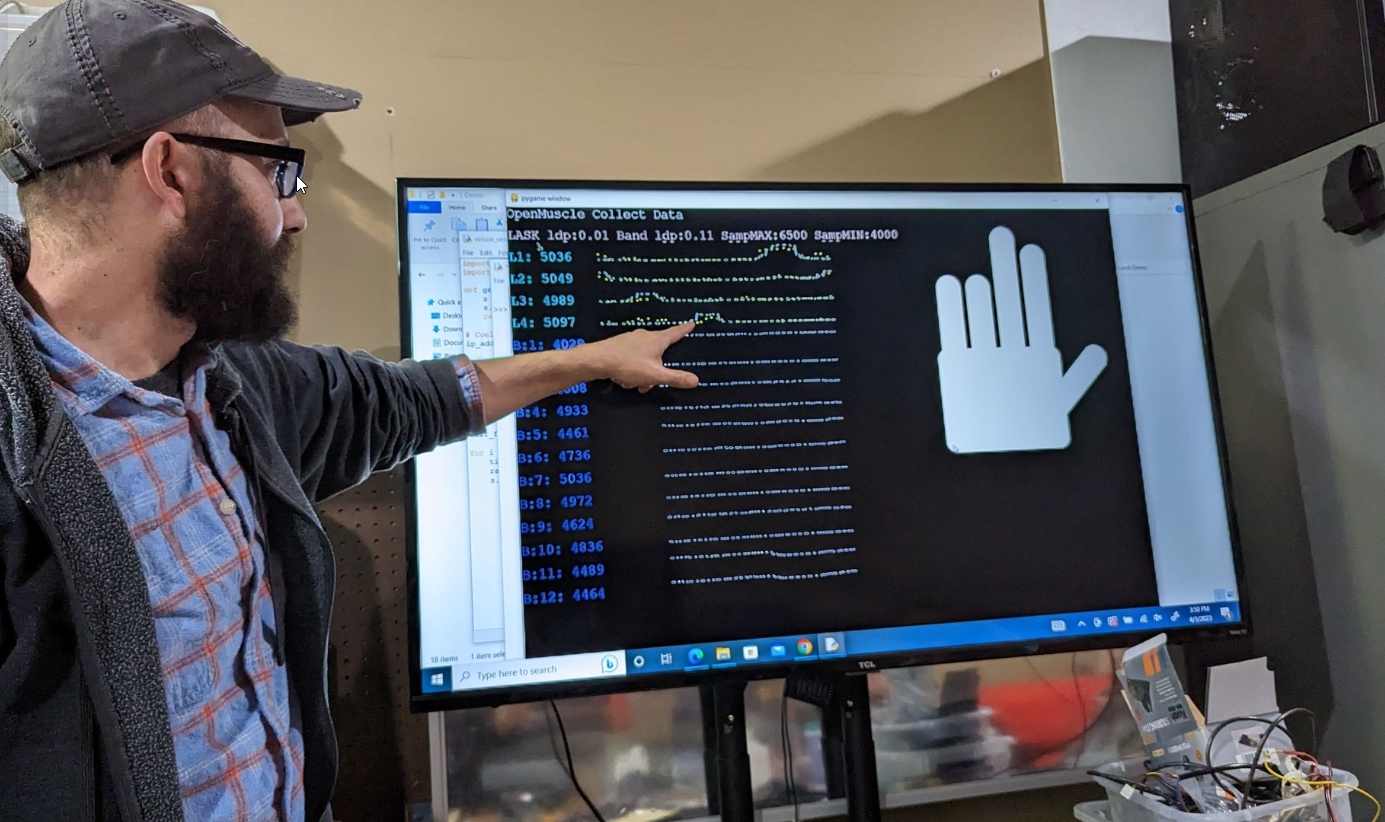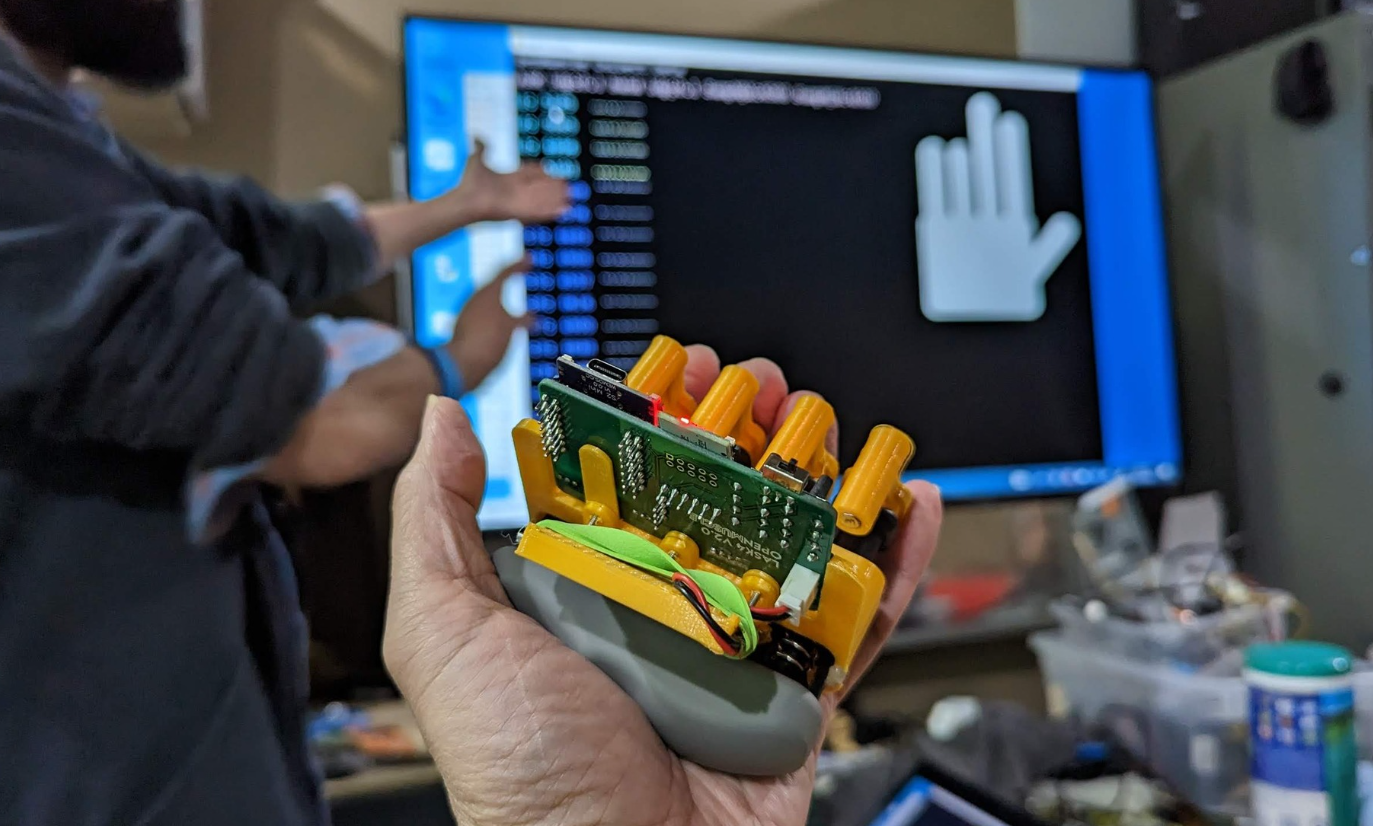The field of wearable technology and human-machine interfaces has made significant strides over the past few years. The development of ‘Open Muscle,’ an innovative system that utilizes 12 pressure sensors built with hall effect sensors and magnets with springs in between, has proven to be a game-changer in accurately predicting finger movements. This article explores the benefits of using a random forest regressor to enhance the capabilities of the ‘Open Muscle’ system, the advantages of the LASK system, and the potential for future hardware optimizations.

The Power of Random Forest Regressors
Random forest regressors, an ensemble learning technique, have been shown to yield exceptional results in a wide range of applications, from medical diagnosis to financial forecasting. In the context of predicting finger movements based on pressure sensor samples around the forearm, random forest regressors offer several key benefits:
- Robustness to noise: Given that the initial tests of the ‘Open Muscle’ system were conducted without applying any filters or hardware optimizations, the data collected might be noisy. Random forest regressors are known for their resilience to noise, which makes them an ideal choice for this application.
- Handling high-dimensional data: With 12 pressure sensors producing a large volume of data, random forest regressors can manage this high-dimensionality without compromising prediction accuracy.
- Reduced overfitting: By averaging multiple decision trees, random forest regressors are less prone to overfitting and can generalize better to new data.
- Feature importance: Random forests can rank the importance of features, helping researchers identify the most relevant pressure sensors and refine the hardware configuration accordingly.
The LASK System: Enhancing Labeling and Efficiency
The LASK system, which applies the labels to the pressure sensors, plays a crucial role in improving the ‘Open Muscle’ system’s performance. By using force measurements instead of movement alone, the LASK system provides a more reliable and accurate output for the machine learning model. This approach not only speeds up the training process but also enhances the overall efficiency of the system.
Exploring Future Optimizations
While the ‘Open Muscle’ system has shown promising initial results, there is significant potential for future improvements through hardware optimizations and the exploration of alternative machine learning algorithms. Some possible avenues for enhancement include:
- Implementing filters to minimize noise and improve signal quality.
- Optimizing hardware configurations based on feature importance from the random forest regressor.
- Comparing random forest regressors with other machine learning algorithms, such as support vector machines or neural networks, to evaluate performance and prediction accuracy.


 TURFPTAx
TURFPTAx
Discussions
Become a Hackaday.io Member
Create an account to leave a comment. Already have an account? Log In.